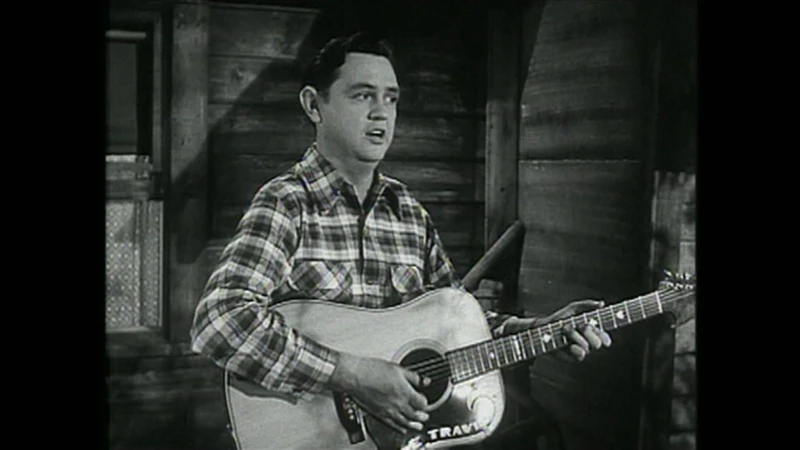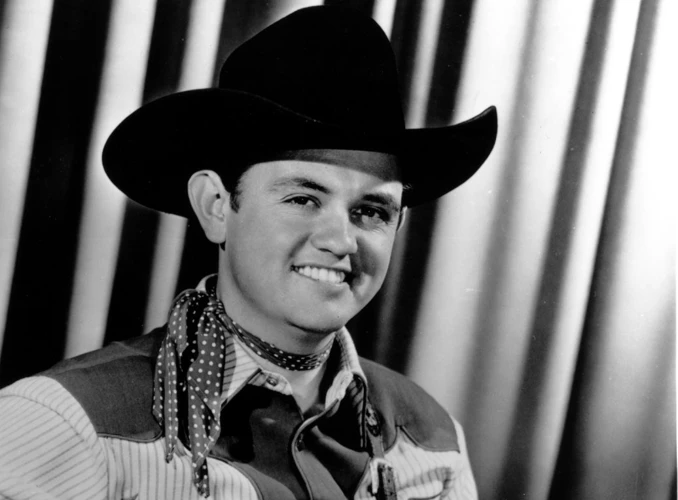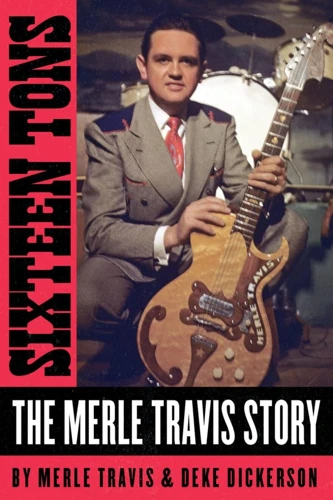Merle Travis is a name that is synonymous with country music. A legendary guitarist, singer, and songwriter, Travis has left an indelible mark on the genre with his unique fingerstyle guitar playing and his storytelling abilities. In this blog post, we will explore the life and music of Merle Travis, and examine the ways in which he has influenced country music and continues to do so today.
Early Life and Influences
Merle Travis was born in Rosewood, Kentucky, in 1917. The youngest of five children, Travis grew up in a musical family, with his father playing the fiddle and his mother playing the guitar. Travis began playing the guitar at a young age, and was heavily influenced by the music of his surroundings. He was particularly drawn to the fingerstyle guitar playing of musicians such as Mose Rager and Ike Everly (the father of the Everly Brothers).
Career and Musical Style
Travis’s career began in earnest in the 1940s, when he began performing on radio shows in Kentucky and Ohio. He quickly gained a reputation as a skilled guitarist and singer, and in 1946 he moved to California to pursue a career in the music industry.
Travis’s musical style was characterized by his unique fingerstyle guitar playing, which involved using his thumb to play the bass notes and his fingers to play the melody. This technique, which he learned from musicians such as Mose Rager, gave his music a distinctive sound that was instantly recognizable. He also had a knack for storytelling, and his songs often dealt with the struggles and hardships of working-class Americans.
Hit Songs
Travis had several hit songs during his career, including “Sixteen Tons,” “Dark as a Dungeon,” and “Re-Enlistment Blues.” These songs, along with others, helped to establish Travis as a major force in country music and solidified his place in the genre’s history.
Influence on Other Artists
Travis’s influence on other artists cannot be overstated. His fingerstyle guitar playing has been studied and emulated by countless musicians, and his songwriting has inspired generations of country artists. Artists such as Chet Atkins, Tommy Emmanuel, and the Everly Brothers have all cited Travis as a major influence.
Legacy
Travis passed away in 1983, but his legacy lives on. He was posthumously inducted into the Country Music Hall of Fame in 1977, and in 2004 he was awarded a Grammy Lifetime Achievement Award. His music continues to be performed and recorded by artists around the world, and his influence can be heard in the music of countless country musicians.
Merle Travis and Country Music Today
Travis’s influence on country music can still be felt today. His fingerstyle guitar playing has become a staple of the genre, and his songwriting continues to inspire artists. Many of today’s country musicians, such as Chris Stapleton and Sturgill Simpson, have cited Travis as an influence, and his music continues to be performed and recorded by artists around the world.
Merle Travis Museum
In 2014, the Merle Travis Museum opened in Muhlenberg County, Kentucky, the county where Travis was born and raised. The museum is dedicated to preserving the legacy of Merle Travis and his music, and it features a wide variety of exhibits and artifacts related to Travis’s life and career.
Interested in learning more about country music legends and their impact on the genre? Explore articles on Maybelle Carter’s country guitar style, Buddy Holly’s influence on country music, and Les Paul’s contributions to country music. Delve into the unique sounds of Les Paul’s country guitar and the mesmerizing fingerstyle of Tommy Emmanuel. Explore the rich history and diverse styles within country music!
Conclusion
Merle Travis was a true legend of country music. His unique fingerstyle guitar playing and his storytelling abilities helped to shape the genre and continue to influence it today. From his hit songs to his influence on other artists, Travis’s legacy is secure as one of the most important figures in country music history. The Merle Travis Museum is a fitting tribute to this musical giant, and it serves as a reminder of the enduring power of his music.



